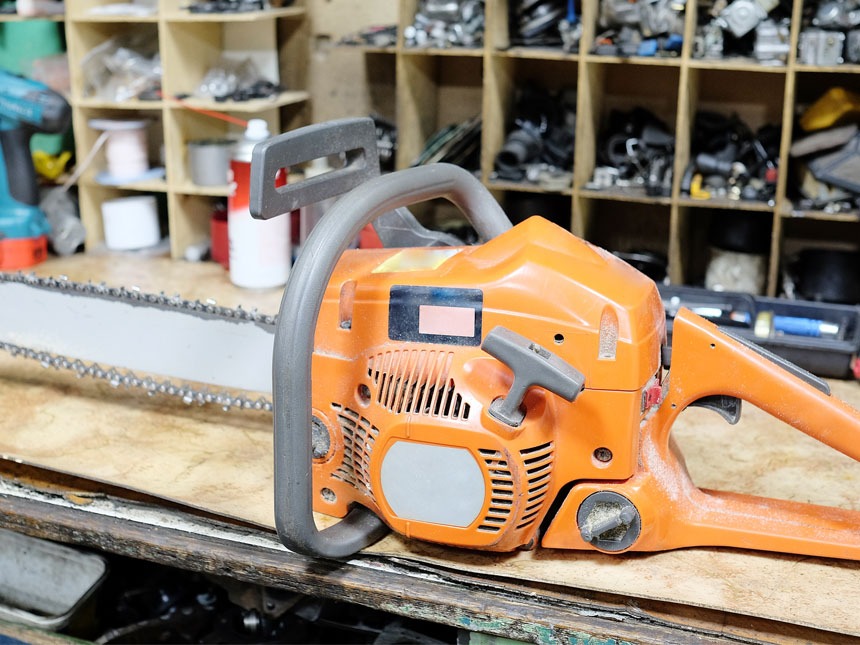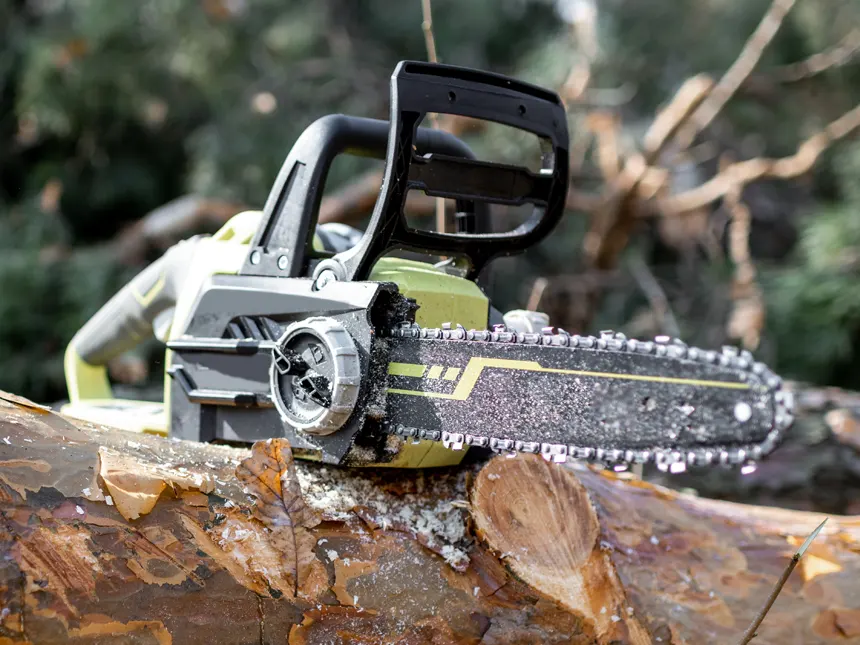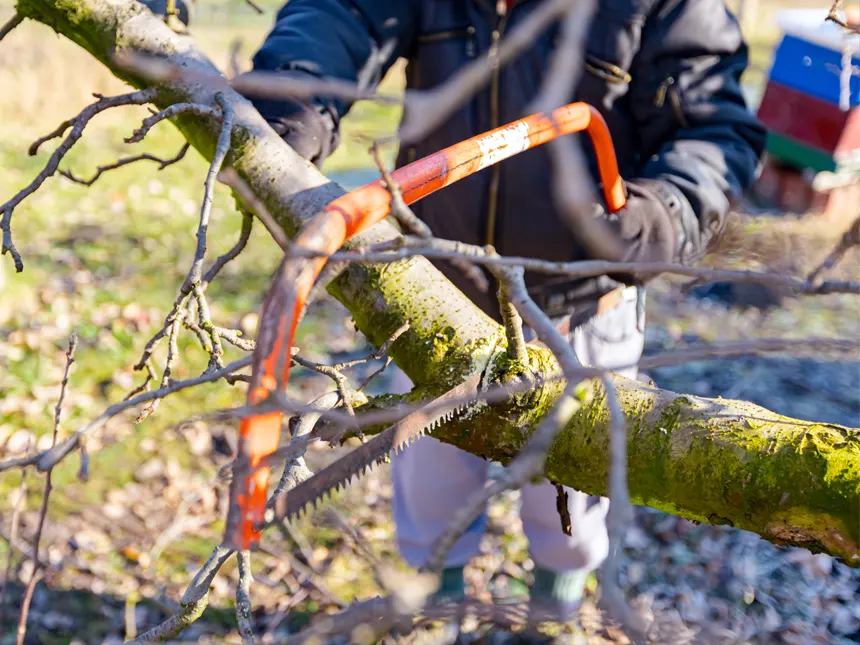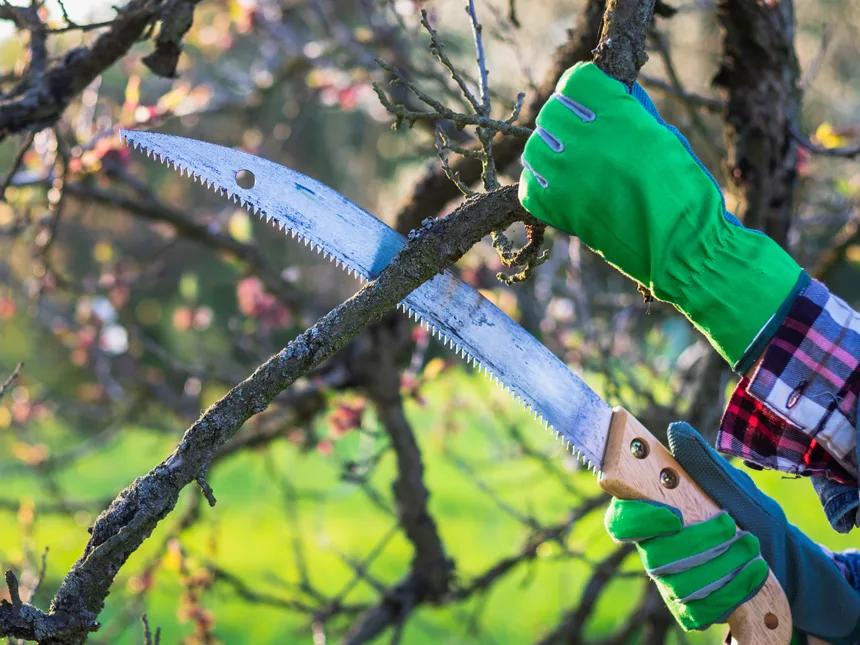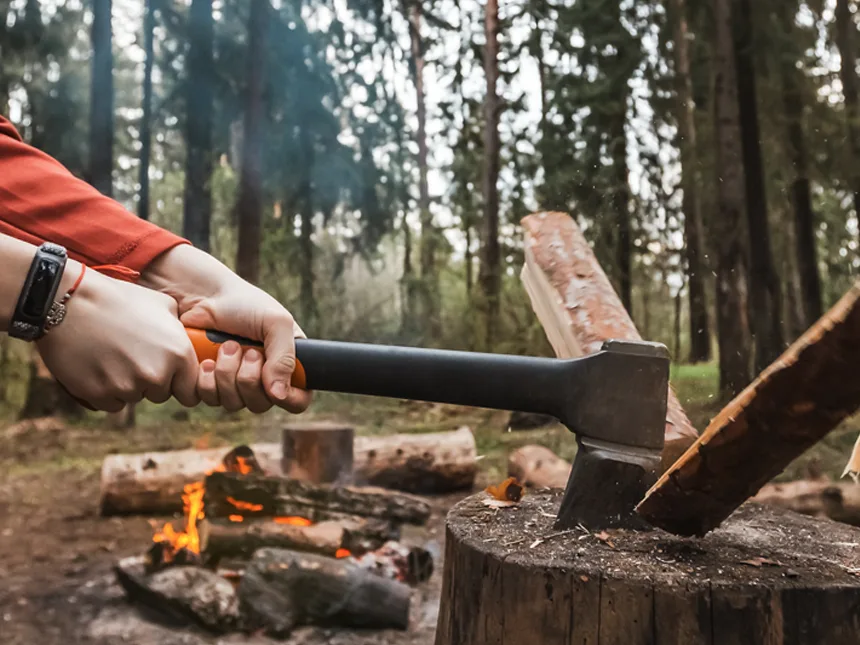The Best Materials To Cover Firewood
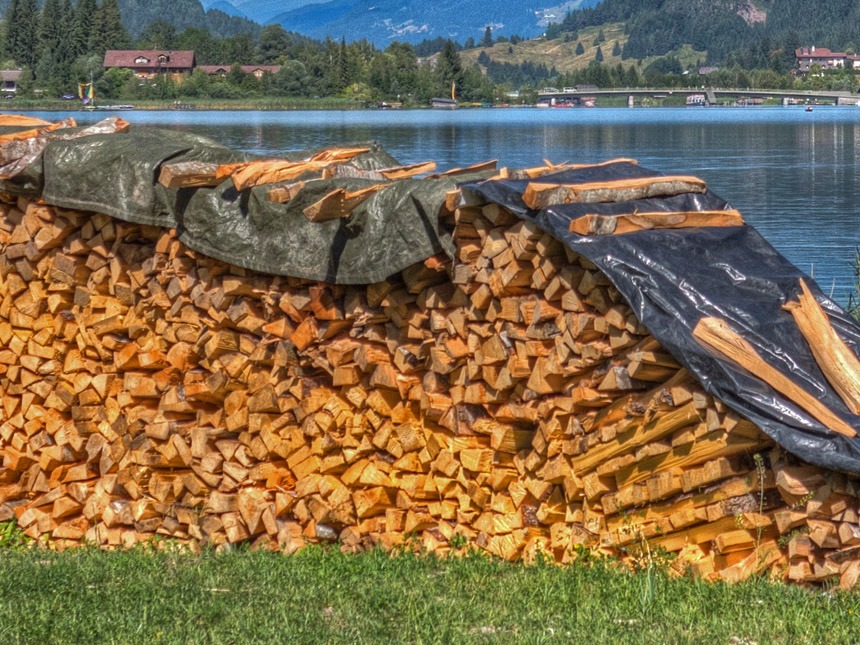
Timber Gadgets is reader-supported. We may earn a commission if you buy through the links on our site.
You may know how to cut and stack firewood, but what about covering it? This oft-overlooked part of firewood storage is critical to ensuring the longevity and quality of your wood. Without proper coverage, your firewood could be ruined.
The best materials to cover firewood are waterproof or water repellant, durable, and breathable. Covers made from materials will polyethylene or nylon will keep wood dry and protected from the elements.
Along with preferred materials, there are also materials that aren’t suited to covering firewood. These may be waterproof, but aren’t durable or meant for long-term element exposure.
Covering your firewood is an essential part of preparing it for use later on, specifically for burning. To do this, you’ll need to utilize the right covering materials and methods.
Which Materials To Use (And Avoid)
The best cover for your firewood is one that’s going to keep it dry and allow for ventilation. To do this, it will need to withstand rain, snow, and other inclement weather.
Preferably, your cover should last at least six months, which will protect your wood through the colder seasons when it’s more vulnerable to dampness and resulting problems.
But it’s better to choose a more durable material that will protect your wood for a few years. For this, waterproof materials are the longest-lasting.
Here’s a quick rundown of waterproof material and its counterparts:
- Waterproof – These materials are impenetrable to water (to an extent) and will have sealed seams. They can usually withstand a high amount of pressure before leaking.
- Water Repellant – This material is difficult for water to penetrate; typically, it’s the coating that gives this property rather than the material itself.
- Water Resistant – These materials resist moisture but only offer minimal protection; they won’t hold up in anything harsher than a light rain.
It’s best to pick a cover made of waterproof or water repellant materials. Water resistant materials may protect your firewood during the warmer months, but are unlikely to last through the fall and winter.
When looking to cover firewood, here are the best materials to use:
- Polyethylene – This material is durable and waterproof, making it the most popular material for tarps. It also traps and holds heat well.
- Polyurethane Laminate (PUL) – Featuring a polyester fabric with a plastic backing, this material is waterproof, breathable, durable, and flexible.
- Gore-tex® – Made from stretched Teflon, this material is waterproof, incredibly durable, and breathable.
- Polyester – This material is lightweight and dries quickly, but is only water resistant.
- Vinyl – Materials made from this are water resistant but may not hold up well to heat.
- Nylon – Much like vinyl, this is water resistant and very strong.
These materials will keep your firewood dry and ready for use. Research each to find which will work best for your woodpile.
And, of course, building materials like shingles or tin will also do a great job of covering and protecting your firewood.
You can look for specific firewood covers, pick up a tarp, or source another option made from the materials above. These are easily found at your local hardware store or online.
Related: Best Wood Rack Covers
Conversely, make sure not to use these materials:
- Oilcloth – Despite its effectiveness, this material is better applied to smaller projects like tablecloths and purses.
- Laminated Cotton – Though this fabric is ideal for clothing, it won’t hold up well when exposed to the elements 24/7.
- Wool – Like laminated cotton, this material is best reserved for clothing, despite being naturally water repellant.
Though they may have many purposes, these materials are not ideal for covering firewood and aren’t likely to do a good job protecting it.
Why You Should Cover Firewood
Though it may at first seem trivial, covering firewood is actually important. Here’s why:
- Impedes Use – Exposing it to the elements means your wood is likely to be intermittently damp and wet, impeding the seasoning process. Even when your firewood it cured, it causes safety hazards because of excess smoke and carbon monoxide buildup.
- Ruins Wood – When your firewood becomes damp, this can lead to problems with rot and mold. And just like wet wood, this in turn makes it unsuitable for burning. Unlike wet wood, rotting or moldy firewood is best thrown away.
- Attracts Pests – Not providing a cover also makes your wood more likely to attract pests like termites. And once termites move into your firewood, it can be difficult to expel them. At best, this delays your bonfires; at worst, it derails them.
Not covering your firewood causes a wide variety of problems. When it comes to firewood, it’s better to err on the side of caution. In this case, that means keeping your wood properly covered.
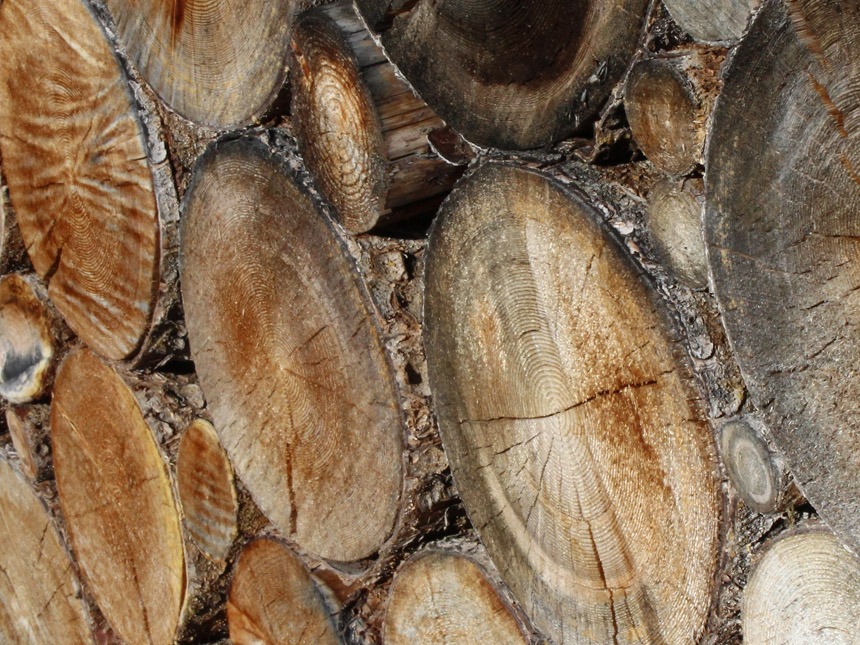
How To Properly Cover Firewood
When it comes to covering firewood, there are a few methods to use for the best results:
- Secure On Top – The cover should go over the top of your firewood and be safely secured; the top of the wood stack is arguably the most vulnerable, since it will take the brunt of rain and snow.
- Consider The Sides – It’s also best to let your cover hang down a few inches over the sides of your firewood. This will help shuck the rain, snow, etc. completely off the wood instead of it dripping over the cover and making the ends of the wood damp.
- Slant The Cover – Slant your cover so that it will naturally shed rain, snow, and other inclement weather over the sides instead of letting it pool on top of the cover. Letting rain gather on top of a flat cover will eventually cause it to collapse.
You can use almost anything to keep your cover tied down, from ropes to bricks and more. But just like your cover, it’s best to use a material that will hold up well to the elements. For example, cotton ropes will fray more quickly than ropes made of nylon or polyester.
Using these methods, you’ll be able to quickly, efficiently, and effectively cover and protect your firewood.
Featured Photo Credit: Wikipedia / joadl / Cc-by-sa-3.0-at

